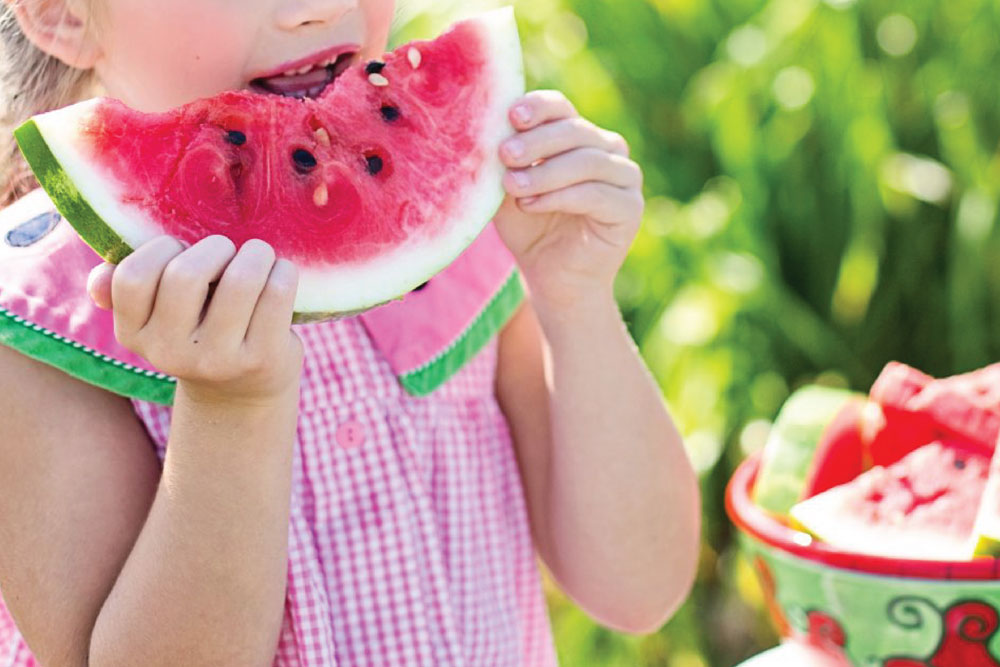How to Teach Food Safety to Your Children

The words children and sanitation don’t really go together. Our kids aren’t afraid to put anything in their mouths, whether it’s germy hands or some foreign object they find on the ground. While their bravery and curiosity about how the world tastes can be admired, it’s also one of the reasons our children are constantly getting sick. Teaching our kids to cover their nose when they sneeze or cough is important. Teaching kids about proper food safety is just as essential. Here’s how to educate your children about proper food handling in a way that’s age-appropriate and easy to learn.
Make it Fun
At young ages, children take to information much faster when there is an element of fun attached to it. For instance, we all know our ABCs because we sing them the tune of “Twinkle, Twinkle, Little Star.” And some of us may remember bright and colourful flash cards that helped us learn how to add and subtract.
Think of fun ways to drive home your point about food safety. Use food colouring to show your kids all the “hidden germs” that are on the counter. Colour code items in your fridge so that they know which food is safe to handle and which food needs adult supervision (i.e. meat). If you’re feeling really creative, you can come up with your own fun, educational rhymes or songs.
Hand Washing Above All Else
The first step in sanitation is knowing how to properly wash your hands. Hopefully, by this time, your kids will have already been taught by you and their teachers the importance of clean hands. Give them another little crash course in the context of food safety, letting them know that every time they touch raw food or switch to a new task in the kitchen, they need to rewash their hands.
Ask Before You Taste
There’s only so much we can ask of our young children. After all, they probably aren’t spending too much time in your kitchen unsupervised, unless it’s to reach for a snack or grab a glass of milk. If your kids aren’t old enough to start making their own food, but they know that their favourite treats come from the fridge and cupboard, make sure they understand the golden rule, which is to ask before you taste. That way, you can keep track of what your kids are eating, and you’ll be able to prevent them from gobbling down something they shouldn’t.
A Little Responsibility Can Go a Long Way
They don’t have to cry over spilled milk, but they can certainly clean the spilled milk up! Children should start taking on small chores at an early age, as it teaches them responsibility and discipline. Instructing them to wipe up their spills and put leftovers in the garbage or compost shows them the importance of keeping the kitchen counter clean.
Want to ensure you’re giving your children all the right information about proper food safety? Sign up for our online food safety training course! This six-hour course will provide you with the skills and knowledge you need to handle food safely in any setting, giving you fundamental knowledge to pass down to your kids.
Related Posts
3 Advantages of Food Safety Training
Food safety training is a crucial aspect of keeping your business afloat. There are many…
Read More >>3 Benefits of National Food Safety Training Program
Food establishments are held at a higher standard by the government, especially by national health…
Read More >>How You Can Apply for Food Safe Level 1
Are you looking for a way to obtain a Food Safe Level 1 online certification?…
Read More >>